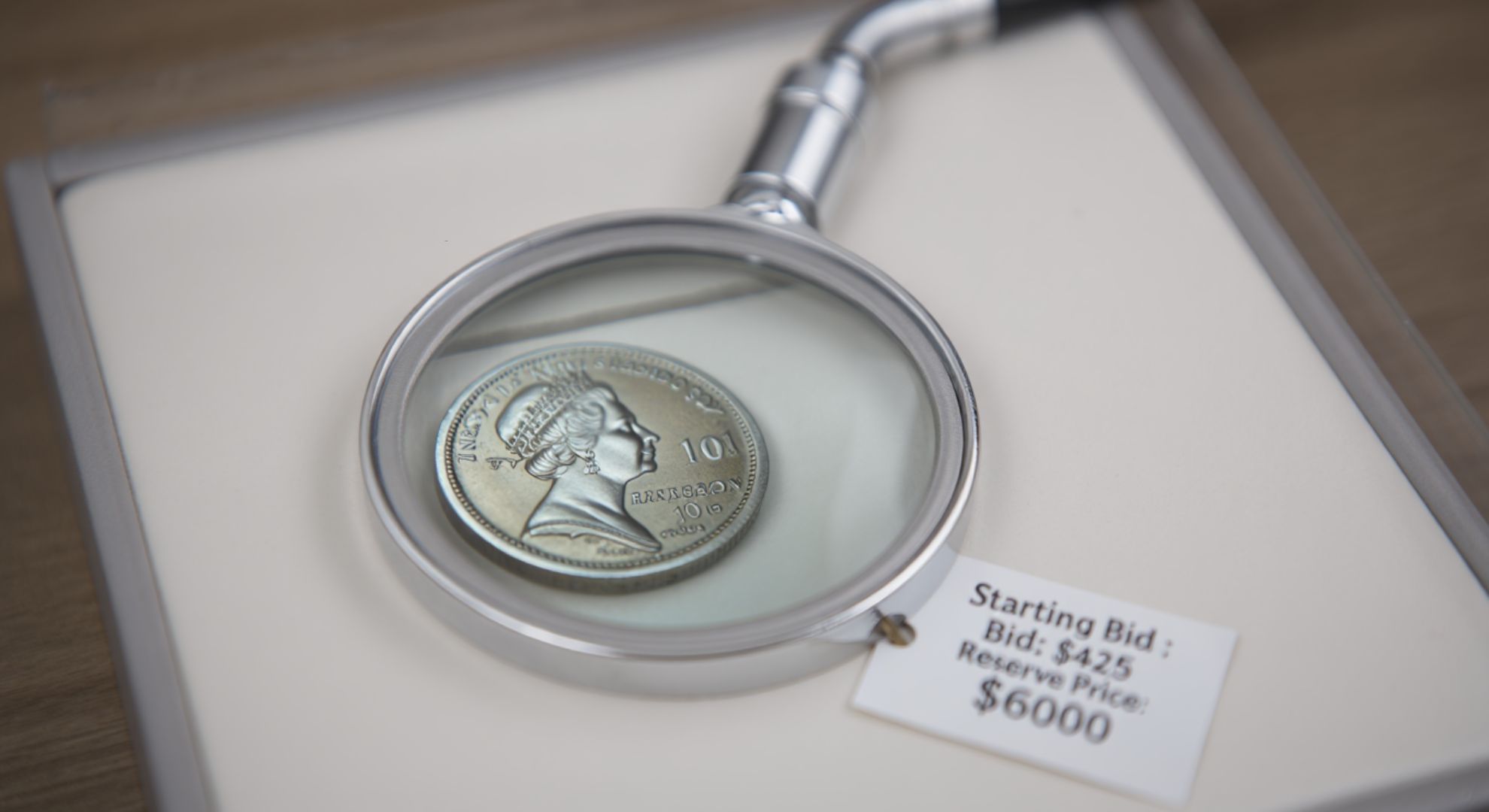Tiny, coppery, and easily overlooked, this little New Zealand piece has become a quiet obsession for collectors. Behind its familiar koruru mask motif lies a market where rarity, condition, and oddities can turn pocket change into serious money. If you’ve got an old coin jar, it might be time to look again.
Why a small denomination can command big money
In numismatics, the denomination isn’t the driver of value—scarcity and demand are. For New Zealand’s 10-cent coin, that means certain dates, special finishes, and mint errors can far outstrip face value. When an example is slabbed by a third‑party grader and hits a top‑tier grade, bidders don’t just show up—they compete.
“Condition is king,” say seasoned collectors. “A common coin in exceptional state can outpace a scarcer coin in average shape.”
Which examples are worth watching
Several categories tend to command attention:
- Early decimal-era pieces (late 1960s through 1970s) in uncirculated quality are desirable, especially with sharp detail and lustre.
- Proof-only years or low-output issues can be sleepers, surfacing rarely and sparking bidding wars when they do.
- Error coins—think off‑centre strikes, broadstrikes, die clashes, or clipped planchets—are catnip for specialists who value the story the flaw tells.
“People love a mistake that made it out of the mint,” notes one dealer. “It’s a tiny window into the manufacturing process.”
How to tell if yours is special
Before you rush to list that coin, do a quick triage. A magnifier, good light, and five minutes can save you time.
- Check the rim and alignment: Is the strike centred, or is it off with extra blank metal at one edge?
- Study the surfaces: Are there unusual raised lines (die cracks), missing metal (clips), or ghostly design traces (die clash)?
- Examine detail: Are the high points crisp—no flatness on the mask, no dulled hair or lettering?
- Look for colour and gloss: Original mint lustre pops under light, while cleaned coins show hairlines and dull patches.
- Weigh and measure: Anomalies in weight or magnetism can suggest composition quirks or plating issues.
If you suspect something notable, resist the urge to clean—it can slash value instantly.
What drives prices at auction
Three levers tend to do the lifting:
- Grade: A common date at MS65 can be a nice find; at MS67 or above, it can be a headline result.
- Rarity: Low-mintage, proof-only, or seldom-seen error types ignite competition among set builders and error collectors.
- Story: Coins with provenance—ex‑noted collections or published examples—gain credibility and premium.
“Two coins can look identical to the naked eye, yet one sells for ten times more because a grader called it MS67,” says an Auckland collector. “That little number is everything.”
Where to sell—and where to certify
For potentially valuable finds, certification by PCGS or NGC offers confidence to bidders. Major local auction houses in Aotearoa and international platforms like Trademe, eBay, and specialist numismatic houses bring the audience. Private sales can move faster but often lack visibility and buyer competition.
A quick reality check: most circulated 10-cent coins remain modest in value. But the right coin—especially an error or superb gem—can climb into the hundreds, and on the right day, with the right eyes on it, more.
How to avoid common pitfalls
Beware of over‑polished coins, which may look shiny but lose collector appeal. Be careful with internet “lists” that inflate values without context. And remember, not every odd‑looking coin is an error—many are just post‑mint damage.
If in doubt, ask the community. New Zealand has active online forums, social groups, and friendly dealers who can offer perspective and references.
Quick comparison at a glance
| Type | Typical Mintage | Key Appeal | Identification Clues | Approximate Market Range |
|---|---|---|---|---|
| Circulation, common dates | High | Affordable entry point | Normal strike, moderate wear | Low to modest unless in very high grade |
| Circulation, top‑grade gems | High, but survivors scarce | Registry set demand | Strong lustre, minimal marks, sharp detail | Can reach hundreds at MS66–MS67 |
| Low‑output or set‑only years | Low to moderate | Scarcity plus condition | Often found in sets, superb surfaces | Solid premiums, higher if slabbed |
| Proof issues | Low | Mirror fields, frosted devices | Cameo contrast, pristine finish | Consistent collector demand |
| Mint errors | Variable, usually low survivors | Uniqueness and story | Off‑centre, broadstrike, clip, die clash, doubled areas | Wide range; dramatic errors bring strong bids |
A simple plan for your coin
Start with a careful inspection, compare against reputable references, and temper expectations with evidence. If your piece seems exceptional, get a professional pre‑screen before you spend on grading. Then choose your venue to balance speed, fees, and exposure.
Sometimes treasure hides in plain sight. In a world of scarce supply and sharp‑eyed collectors, that small bronze‑toned disc could be your most surprising find this year.
